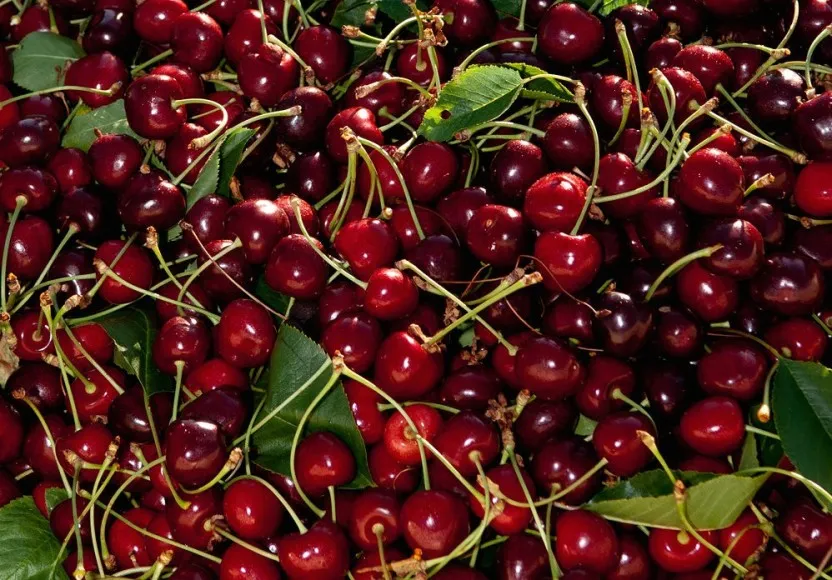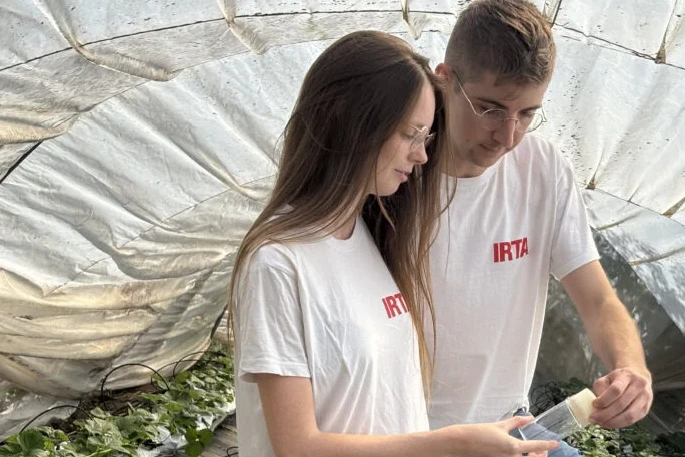Drosophila suzukii, an invasive insect species originally from Asia, is one of the main threats to fleshy fruit crops due to its ability to colonize a wide range of host species and exploit unripe fruit.
A key factor in its high invasiveness is polyphagy, which allows it to adapt to changing resource availability throughout the year.
However, the nutritional characteristics of winter fruits, combined with suboptimal thermal conditions, may significantly influence population dynamics during seasonal transitions, creating physiological trade-offs between survival and reproduction.
Winter hosts and thermal impact
A recent study conducted in France analyzed the impact of three plant species producing fruit in winter or early spring: Aucuba japonica, Elaeagnus × submacrophylla, and Viscum album, on the biological activities of D. suzukii, testing three thermal regimes in parallel: constant at 20 °C, controlled fluctuating (8–15 °C), and variable in an unheated greenhouse.
The results showed that cold and fluctuating thermal conditions slow larval development, reduce emergence rates, and limit ovarian load, while increasing longevity in some dietary combinations.
Winter fruits proved to be suboptimal substrates compared to a control artificial diet, but performance differences among the three species depended on the thermal regime.
Performance and adaptation
Viscum album generally supported the best D. suzukii performance (high emergence, intermediate development, higher fecundity under controlled conditions), while Aucuba japonica, although poorly suitable under mild conditions, provided greater energy reserves and improved female survival in cold fluctuating scenarios, suggesting a potential strategic advantage for early seasonal generations when resources are scarce.
Surprisingly, oviposition tests showed a consistent preference for Aucuba and, to a variable extent, for Elaeagnus, regardless of the thermal regime, contradicting the “preference–performance” hypothesis (selection of the optimal host for offspring).
This choice, favoring less suitable substrates, may reflect unmeasured evolutionary or ecological factors (e.g., fruit color, shape, or olfactory attractiveness) but also offers practical insights: preferred but suboptimal ornamental fruits could be evaluated as possible baits or traps to reduce oviposition on commercial crops during seasonal transitions, albeit with caution to avoid their acting as a “bridge” for population development.
Implications for control strategies
The study highlights the importance of integrating laboratory and field approaches to better understand the ecological mechanisms underlying the invasiveness of D. suzukii and to develop targeted management strategies.
In a context where overwintering populations form the core from which spring infestation peaks develop, the availability and quality of ornamental or wild fruits in winter and early spring play a crucial role in determining the speed and intensity of reproductive recovery.
Moreover, the interactions between thermal regime, nutritional quality, and oviposition choices reveal complex scenarios with direct implications for risk forecasting, planning containment strategies, and identifying new levers for ecological control.
The ability of D. suzukii to persist and reproduce even under suboptimal conditions confirms this species’ extraordinary plasticity and reiterates the need for integrated pest management strategies that consider not only crops but also ornamental and wild host plants that serve as reservoirs during critical periods of the annual cycle.
Source: Larges, J., Deconninck, G., Ulmer, R., Foray, V., Le Bris, N., Chorin, M., Colinet, H., Chabrerie, O., Eslin, P., & Couty, A. (2025). Winter fruit contribution to the performance of the invasive fruit fly Drosophila suzukii under diAerent thermal regimes. Insect Science. https://doi.org/10.1111/1744-7917.13494
Image source: Beers WSU
Andrea Giovannini
University of Bologna (IT)
Italian Berry - All rights reserved












